In addition to the new batteries, we also installed long-lasting, bright LEDs in the nature center. Not all of the new bulbs are super-efficient, though. We did put in a fluorescent and an incandescent bulb - to demonstrate the difference in energy use between the three types of technologies. The incandescent is for demonstration use only, though. We can look at the meter to see the how much energy it utilizes - a lot - compared to the fluorescent and LEDs.
ASPI extends a great big Thank You to MACED and Josh Bills who assisted with obtaining and installing the batteries!
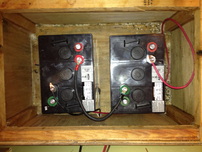
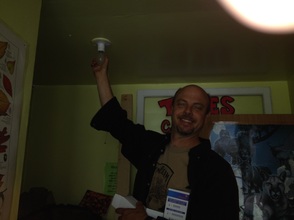
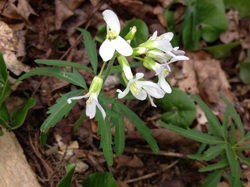
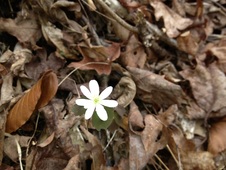
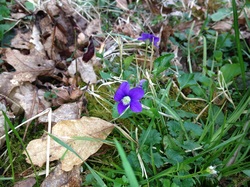
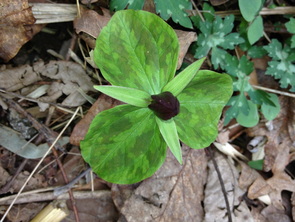
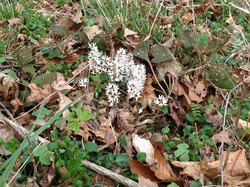
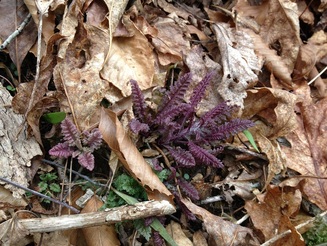
 RSS Feed
RSS Feed